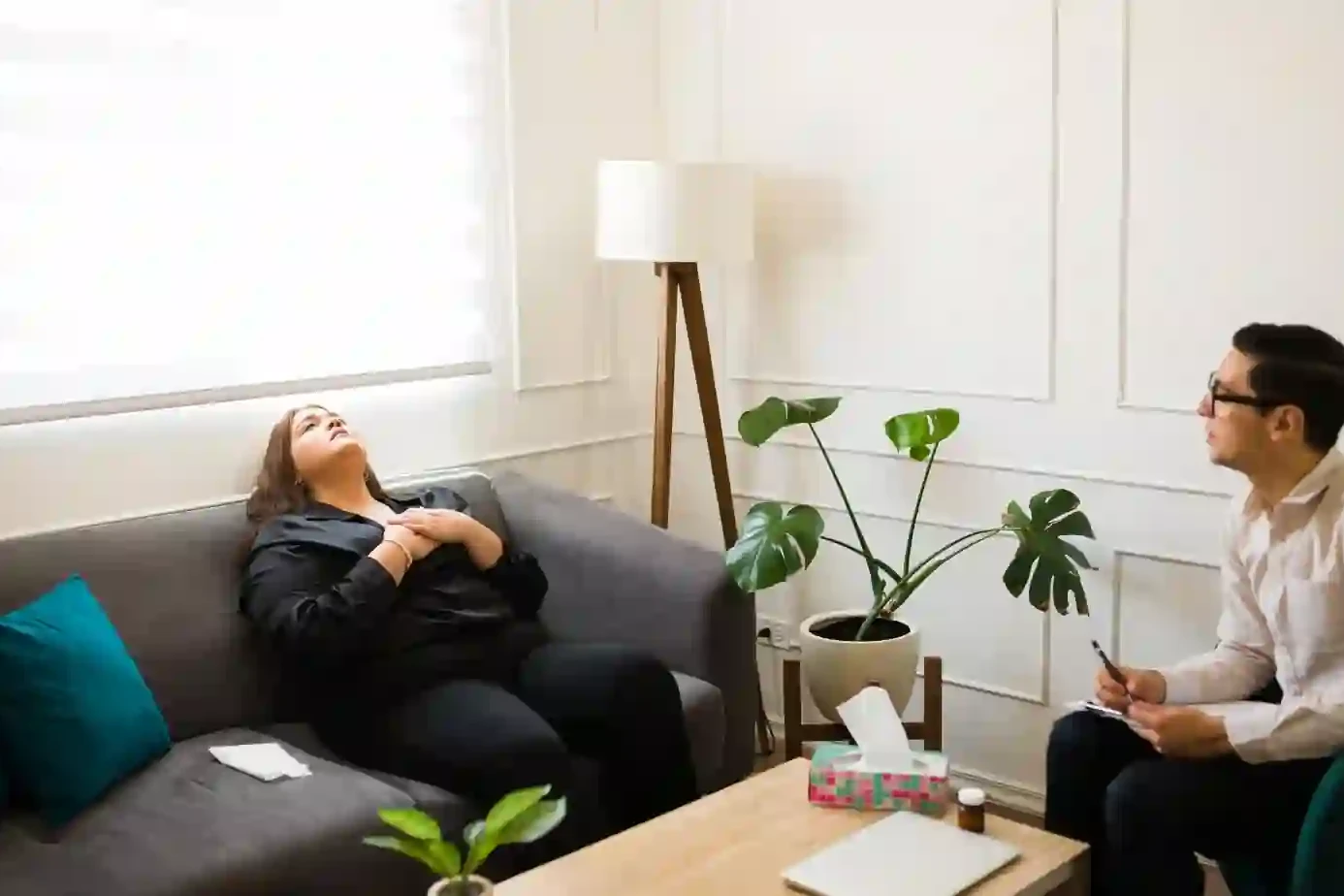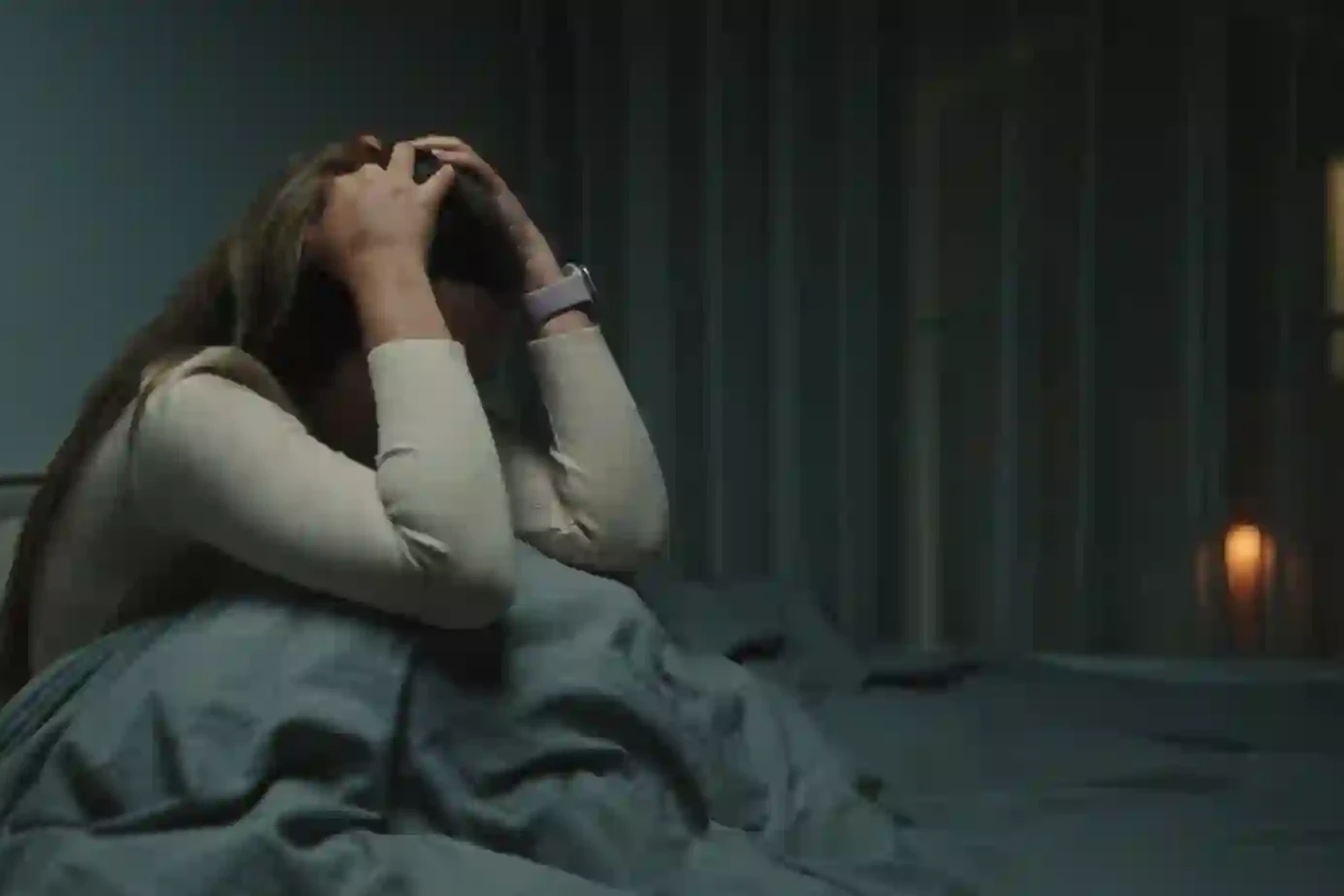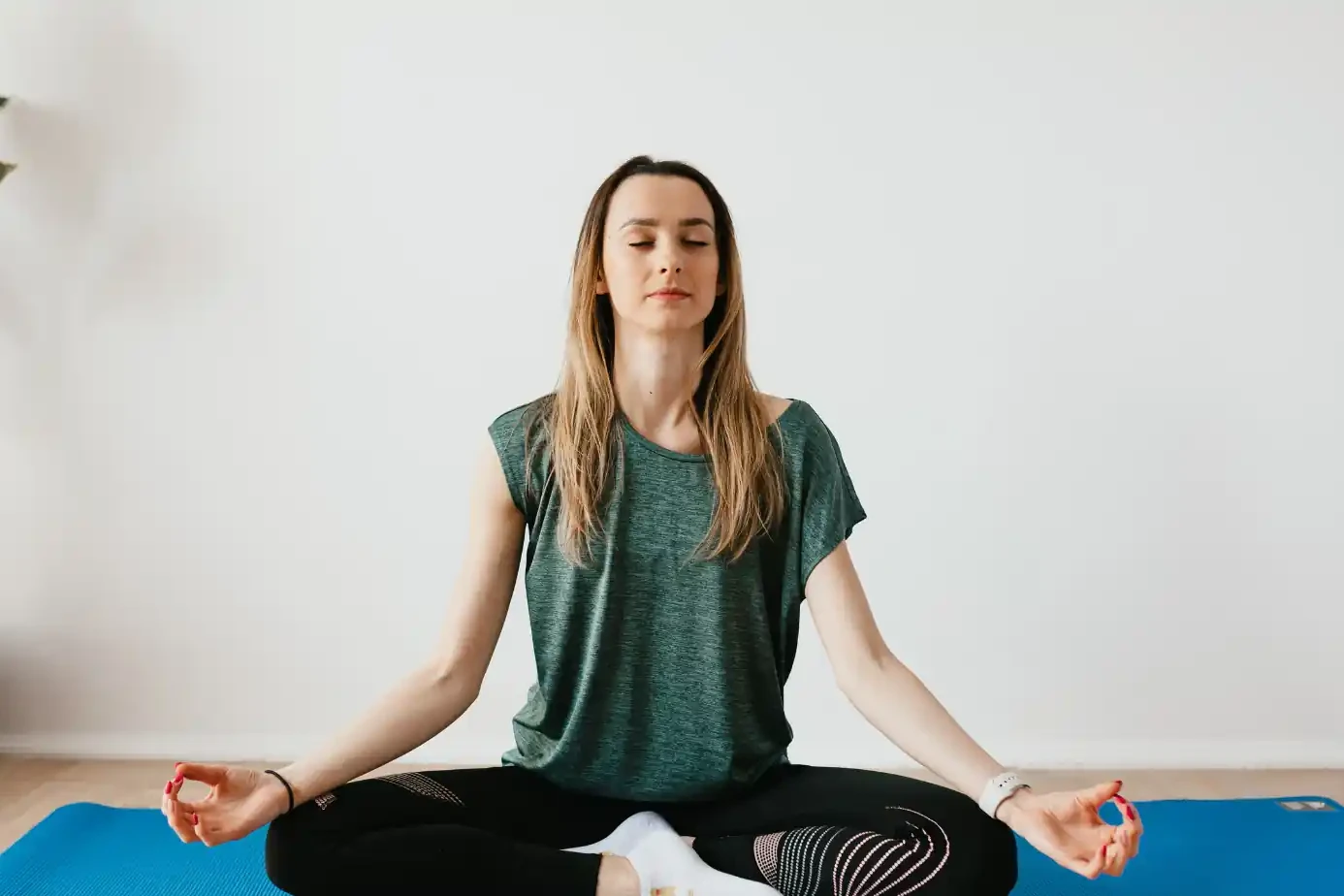In the neck, upper back, and lower back, everyone’s spine exhibits slight curves. These natural curves, including the lordotic (neck and lower back) and kyphotic (upper back) curves, provide essential functions such as shock absorption, support for the head, alignment, stability, and flexibility.
However, when the lumbar curvature becomes excessive, it leads to a condition known as lumbar lordosis, also referred to as swayback. Lumbar lordosis occurs when the natural curve of the lower back arches too far inward. This can cause discomfort, pain, and mobility issues, affecting an individual’s ability to move freely and perform daily activities.
Shock Absorber: The spinal curves act as shock absorbers, cushioning the impact of daily activities on the spine.
Weight Support: The curves support the weight of the head and distribute it evenly along the spine.
Structural Stability: By maintaining the S-shaped structure, the spine stays stable and functional.
Flexibility: The curves allow the spine to move and bend with ease, facilitating various movements.
However, when the lumbar lordotic curvature becomes exaggerated, it leads to lordosis or swayback, causing discomfort and mobility issues. This condition affects both the lower back and neck, resulting in pain and restricted movement.
 Causes of Lumbar Lordosis Disease
Causes of Lumbar Lordosis Disease
Several factors contribute to the development of lumbar lordosis disease, including:
- Spondylolisthesis: A condition where vertebrae slip forward onto the bone below, often requiring therapy or surgery.
- Achondroplasia: A type of dwarfism that affects bone growth and development.
- Osteoporosis: A bone disease characterized by decreased bone density, increasing the risk of fractures.
- Osteosarcoma: A type of bone cancer that can affect the spine and lead to lordosis.
- Obesity: Excess weight puts strain on the spine, leading to postural abnormalities like lordosis.
Types of Lordosis
In the lower back, there is a condition known as lordosis.
The most prevalent lordotic curve is in the lower back, often known as the lumbar spine. Lying on your back on a level surface is the most straightforward technique to check for this condition. With a bit of room to spare, you should be able to move your hand under your lower back.
An individual with lordosis has more space between their back and the surface of the spine. When they stand, a noticeable C-like arch will appear in case of excessive curvature. Their abdomen and buttocks will also protrude from the side.
Cervical Lordosis
Your neck should be shaped like a comprehensive C in a healthy spine, with the curve going backwards. If your neck spine does not curve as it should, you have cervical lordosis.
This might indicate that the curvature is overly steep. The curvature is in the wrong direction, referred to as reverse cervical lordosis. The curve has moved to the right. The curve has moved to the left.
Signs and Symptoms of Lumbar Lordosis Disease
Muscle discomfort is the most prevalent sign of lumbar lordosis disease. Your muscles are tugged in different directions when your spine bends unnaturally, causing them to tense or spasm. This pain may spread to your neck, shoulders, and upper back. You may also have trouble moving your neck or lower back.
Whether you’re resting on a level surface, look for a lot of space between the curvature of your neck and back and the floor to see if you have lordosis. You may have lordosis if you can easily slide your hand through the gap.
Make an appointment with your doctor if you have any other symptoms, such as:
- Numbness
- Tingling
- Electric shock discomfort
- Weak bladder control
- Weakness
- Difficulty maintaining muscle control.
Diagnosis and Treatment of lumbar lordosis disease
To establish if you have lumbar lordosis disease, your doctor will review your medical history, do a physical exam, and inquire about additional symptoms. For example, your doctor will ask you to lean forward and to the side during the physical examination. They’re looking at things like whether the curve is flexible or not, your range of motion, and if your spine is aligned.
Your doctor will prescribe tests after narrowing down the likely reasons, such as X-rays of your spine to check the angle of your lordotic curve. Next, your doctor will assess whether or not you have lordosis by comparing the rise to other parameters such as your height, age, and body mass.
Most patients with lumbar lordosis disease do not require medical treatment unless complicated. The severity of your curvature and the existence of additional symptoms will determine how you are treated for lumbar lordosis disease.
Conclusion
Understanding lumbar lordosis disease is crucial for effective management and prevention of complications. By incorporating proper treatment strategies and seeking timely medical intervention, individuals can mitigate the impact of lumbar lordosis disease on their overall health and well-being.
About The Author

This article is medically reviewed by Dr. Chandril Chugh, Board-Certified Neurologist, providing expert insights and reliable health information.
Dr. Chandril Chugh is a U.S.-trained neurologist with over a decade of experience. Known for his compassionate care, he specializes in treating neurological conditions such as migraines, epilepsy, and Parkinson’s disease. Dr. Chugh is highly regarded for his patient-centered approach and dedication to providing personalized care.
→ Book a consultation to discover which remedies suit your needs best.




